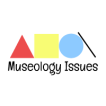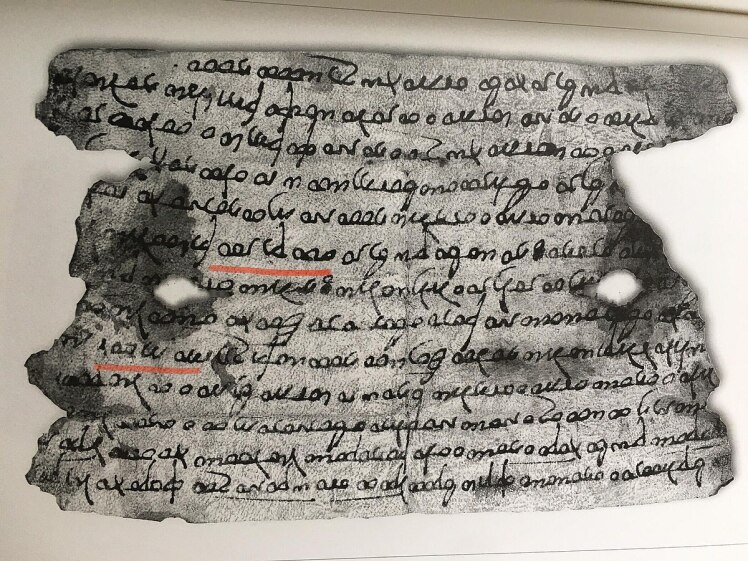ادامه مطلب
Bodies Revolt: A Reading of the Protest Art of Haircutting in Iran
In the early years of the French Revolution, most specifically in the Reign of Terror, depicting and performing statue mutilation was an iconography of political transgression. Inspired by and embodied in what the guillotine would do to the monarchs, this, as Nochlin (1995) believes, is truly modern in the revolutionary imagination, and “a castration image of unprecedented power and suggestiveness, is central to the Revolutionary discourse of destruction” (Nochlin, 1995: …


